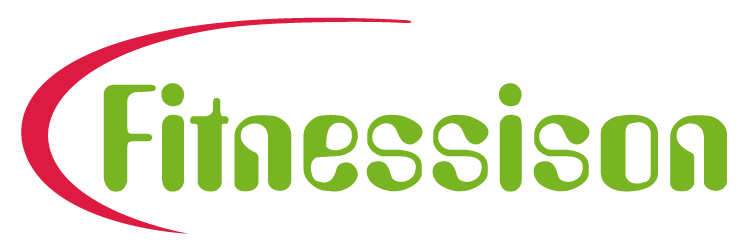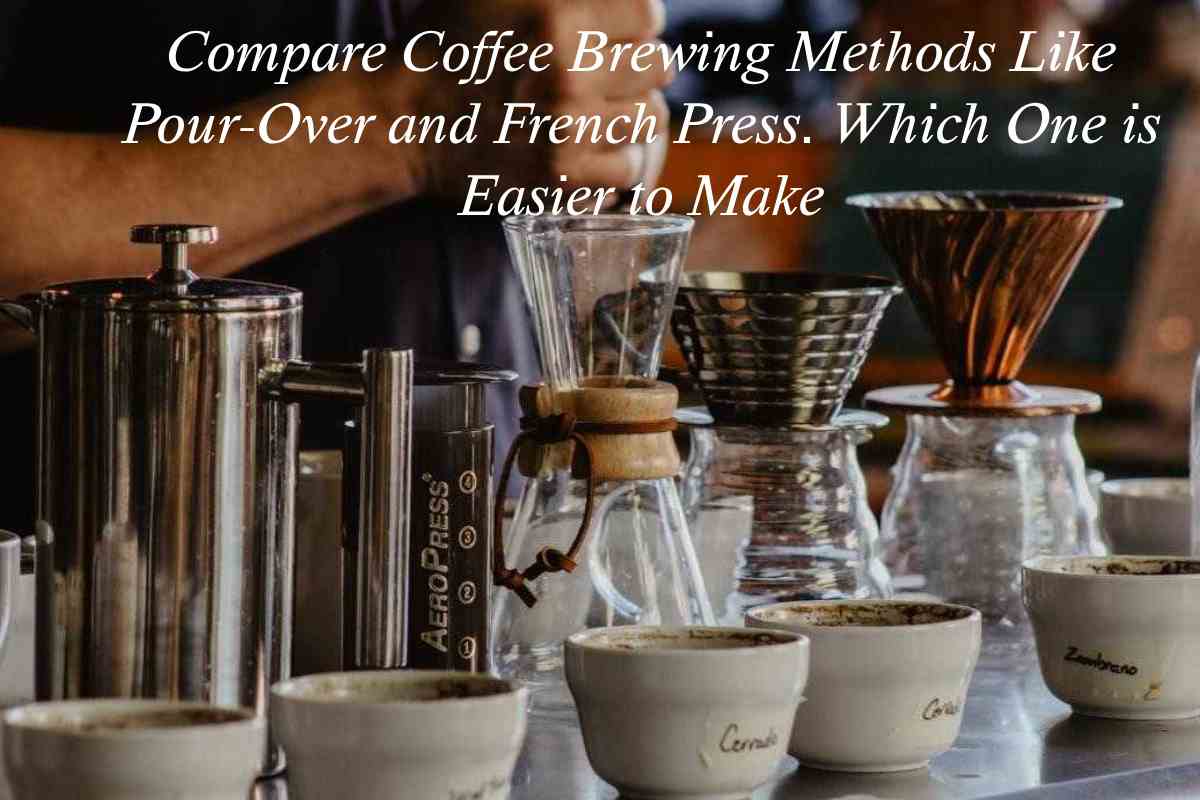If you’re like me, you probably can’t start your day without a good cup of coffee. But when it comes to brewing methods, things can get confusing fast. Between the pour-over and French press, both promise a rich, flavorful cup—but they’re totally different in process, taste, and convenience. So, let’s compare coffee brewing methods like pour-over and French press to find out which one is actually easier to make and better suited to your lifestyle.
Why Brewing Method Matters
Before diving into the comparison, let’s talk about why your brewing method even matters.
Coffee isn’t just about the beans—it’s about how you extract those flavors. The brewing method impacts:
- Taste and aroma
- Texture and body
- Ease and cleanup time
- Control over strength and flavor
That’s why some people swear by their French press while others are loyal to their pour-over setup. Let’s break both down.
What Is Pour-Over Coffee?
Pour-over coffee is a manual brewing method that involves pouring hot water over coffee grounds placed in a paper (or metal) filter. The water drips slowly through the coffee, extracting flavors as it passes through, and collects in a carafe or mug below.
You’ll Need:
- A pour-over dripper (like a Hario V60, Chemex, or Kalita Wave)
- Paper or metal filter
- Freshly ground coffee (medium grind)
- Hot water (around 195–205°F or 90–96°C)
- A gooseneck kettle for precision pouring
How to Brew Pour-Over Coffee:
- Place the filter in the dripper and rinse it with hot water (removes paper taste).
- Add your ground coffee (usually about 1 tablespoon per 6 oz of water).
- Slowly pour a small amount of hot water in circular motions to bloom the coffee (release CO₂).
- After 30 seconds, continue pouring the rest of the water slowly and evenly.
- Wait for it to drip completely—this takes around 3–4 minutes.
- Remove the dripper, and enjoy your clean, aromatic cup.
Pros of Pour-Over:
- Produces clean, bright, and nuanced flavors.
- Gives you full control over water flow and brewing time.
- Perfect for single cups or small servings.
- Aesthetically pleasing—great for coffee rituals.
Cons of Pour-Over:
- Requires more attention and precision.
- Not ideal if you’re in a rush.
- Cleaning filters and dripper can be a hassle.
What Is French Press Coffee?
The French press (also known as a press pot or plunger pot) is one of the simplest and most popular manual brewing methods. It’s an immersion process—meaning the coffee grounds steep directly in hot water before being separated by a metal mesh plunger.
You’ll Need:
- A French press (Bodum and Espro are popular brands)
- Coarse ground coffee
- Hot water (same temperature range as pour-over)
- Spoon for stirring
How to Brew French Press Coffee:
- Add coarse ground coffee to your French press (about 2 tablespoons per 6 oz of water).
- Pour hot water over the grounds.
- Stir gently to make sure everything’s mixed well.
- Place the lid on and let it steep for 4 minutes.
- Slowly press the plunger down to separate the grounds.
- Pour and enjoy your bold, full-bodied cup.
Pros of French Press:
- Very easy and beginner-friendly.
- No paper filters needed (eco-friendly).
- Produces a rich, bold, and heavy-bodied
- Can brew multiple servings at once.
Cons of French Press:
- Coffee can have sediment (tiny grounds that slip through the filter).
- Requires cleaning the press after every use.
- Can over-extract if you let it sit too long, leading to bitterness.
Pour-Over vs French Press: The Ultimate Comparison
Let’s put these two head-to-head based on the key aspects of coffee brewing.
| Feature | Pour-Over | French Press |
| Brewing Style | Drip / filtration | Immersion |
| Ease of Use | Moderate; requires precision | Very easy |
| Brewing Time | 3–4 minutes | 4–5 minutes |
| Flavor Profile | Clean, delicate, and aromatic | Bold, rich, and intense |
| Grind Size | Medium | Coarse |
| Cleanup | Filter disposal, rinse dripper | Wash plunger and carafe |
| Equipment Cost | Medium (dripper, kettle, filters) | Low (just the press) |
| Best For | Flavor lovers who enjoy control | Coffee drinkers who want simplicity |
Which One Is Easier to Make?
When it comes to ease of brewing, the French press clearly wins.
Here’s why:
French Press Wins for Simplicity:
- You just add coffee, water, wait, and press.
- No need for a gooseneck kettle or precise pouring technique.
- Perfect for mornings when you’re half-asleep but need caffeine ASAP.
- Easier cleanup (especially if you use a metal mesh filter).
In short: if you value convenience and minimal effort, go with the French press.
Which One Tastes Better?
Taste is subjective, but here’s the general difference:
- Pour-Over: You’ll get a cleaner, smoother cup with more clarity and distinct notes. Great if you love tasting subtle flavors in your beans.
- French Press: You’ll get a richer, oilier, and stronger brew that feels heavy on the palate—perfect if you like your coffee intense.
If you enjoy light roast or fruity beans → go for pour-over.
If you prefer dark roast and bold taste → pick French press.
Which One Is Faster?
Both methods take about 4–5 minutes, but the pour-over requires more attention during that time, while the French press is more “hands-off.”
In short:
- Pour-over: Active brewing time (you’re constantly pouring).
- French press: Passive brewing time (you just wait).
So even though both take similar total time, the French press feels faster because it’s less effort.
Which Is Easier to Clean?
Cleaning a French press might sound simple, but those wet grounds at the bottom can be messy to scoop out. On the other hand, pour-over filters can be thrown away instantly.
So, depending on your priorities:
- French press: Slightly messier cleanup.
- Pour-over: Easier if you use paper filters.
Tip: To make French press cleaning easy, dump grounds into the trash (not the sink—it can clog drains!) and rinse immediately after use.
Which One Is More Affordable?
Here’s a quick breakdown:
- Pour-over setup: Dripper ($20–30) + filters + gooseneck kettle (~$30–50)
- French press: Basic model ($20–40), no filters needed
So, French press wins on affordability and long-term savings (no need for paper filters).
Which Method Gives You More Control?
If you’re the type who loves experimenting, pour-over is your playground.
You can control:
- Water temperature
- Pour rate
- Coffee-to-water ratio
- Brew time
This level of precision lets you tweak every cup to perfection—but it also means more room for error. The French press, meanwhile, is forgiving and consistent—just steep and plunge.
Expert Insight: What Coffee Pros Say
Most professional baristas and coffee enthusiasts prefer pour-over for flavor clarity and precision. But they’ll admit that French press is unbeatable for its simplicity and accessibility.
In fact:
- Coffee competitions often feature pour-over methods (like the V60).
- Home users often start with a French press because it’s easy and cheap.
So it’s not about which is “better”—it’s about what fits your style.
My Personal Experience
I’ve used both methods for years.
When I have time and want to enjoy the ritual, I go for pour-over—it’s relaxing and meditative. But when I’m rushing in the morning or brewing for friends, the French press is my go-to.
Here’s what I’ve learned:
- Pour-over is like crafting art—slow and detailed.
- French press is like comfort food—simple and satisfying.
Both have their charm. But if you’re asking which one is easier to make, my answer is hands down: French press.
Tips for Better Brewing (Any Method)
Whether you choose pour-over or French press, a few universal tips will improve your coffee game:
- Use fresh beans – Coffee starts losing flavor within weeks of roasting.
- Grind right before brewing – Fresh grounds = fresher flavor.
- Measure everything – Use a scale for consistency.
- Use filtered water – Avoid tap water if it’s too hard or chlorine-heavy.
- Clean your equipment regularly – Residue affects taste.
Final Verdict: Which Should You Choose?
| Category | Winner |
| Ease of Use | French Press |
| Flavor Clarity | Pour-Over |
| Cleanup | Pour-Over (with paper filters) |
| Cost Efficiency | French Press |
| Experimentation & Control | Pour-Over |
| Convenience | French Press |
- If you want simplicity and convenience: Go for French press.
- If you want precision and flavor control: Choose pour-over.
For most people, especially beginners, French press is easier to make—it’s straightforward, requires minimal tools, and produces a strong, enjoyable cup every time.
FAQs: Compare Coffee Brewing Methods Like Pour-Over and French Press
Q1. Which method uses more coffee?
Usually, both use about the same ratio (1:15–1:17 coffee-to-water). But the French press may need slightly more grounds for a stronger brew.
Q2. Is pour-over healthier than French press?
Pour-over filters out more oils and cafestol (a compound that can raise cholesterol), so it’s technically a bit healthier.
Q3. Can I use the same coffee beans for both methods?
Absolutely! Just adjust the grind—medium for pour-over, coarse for French press.
Q4. Which one is better for travel?
French press wins again—it’s portable, doesn’t need filters, and works anywhere hot water is available.
Final Thoughts
When we compare coffee brewing methods like pour-over and French press, it’s clear that both have their loyal fans. Pour-over gives you precision and clarity, while the French press delivers bold flavor and unmatched ease.
If your main goal is simplicity, the French press is easier to make. But if you enjoy experimenting and savoring every note of your coffee, pour-over will reward you with a cleaner, more refined taste.
Either way, both methods remind us that great coffee doesn’t come from a machine—it comes from the love and care we pour into it.


